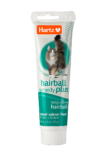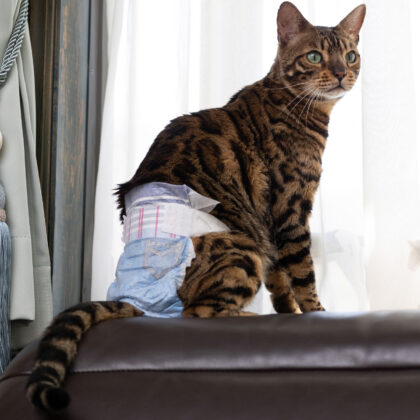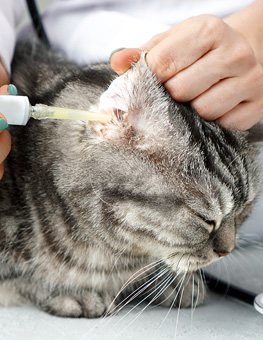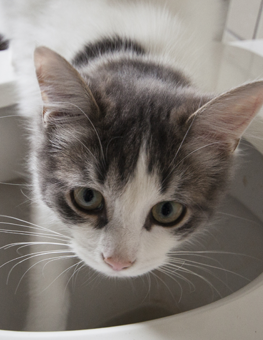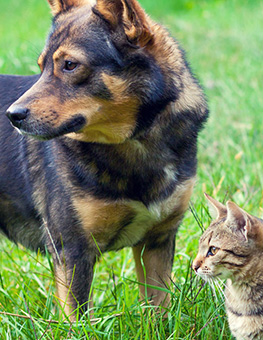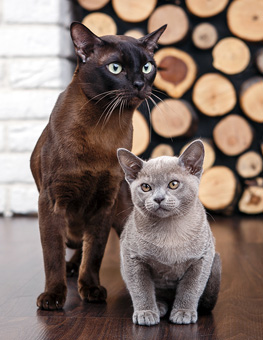How to Treat Hairballs
You do not have to watch idly while your cat struggles with hairballs.
Hairballs, or trichobezoars, generally cause vomiting of a non-serious nature. They can, however, cause serious obstructions that require surgical removal. Other side effects include constipation and lack of appetite. Hairball prevention is essential to the good health of your cat.
Why hairballs happen
Your cat will spend an inordinate amount of time grooming himself with his tongue. There is nowhere for the loose hair to go but into his digestive system. Your cat's fur does not break down and requires a diet high in fiber to allow it to pass through his intestines.
What you can do
There are a number of ways for you to prevent or lessen hairball production in your pet. Regular brushings will remove some of your cat's loose hair, but certain cats will require commercial hairball prevention preparations.
Hairball preparations.
These typically come in a tube and have a gel-like consistency. You can purchase them from your veterinarian, local pet store or supermarket.
Specialty dry foods.
Many companies offer dry foods that are made especially for hairball prevention. Look for cat formulas labeled "Hairball Remedy" or "Hairball Relief." Be sure that the formula contains at least 8% crude fiber or it will not be effective for hairball prevention. These formulations will cost you a bit more but are worth the extra money for the welfare of your cat.
Grow your own fiber.
If you have the time and space, consider growing your own wheat, rye or oats in a pot for your cat to nibble on at his leisure. This should provide your cat with all of the fiber he needs.
No matter what method you choose, hairball prevention through diet and proper grooming is vital to your cat’s health.



